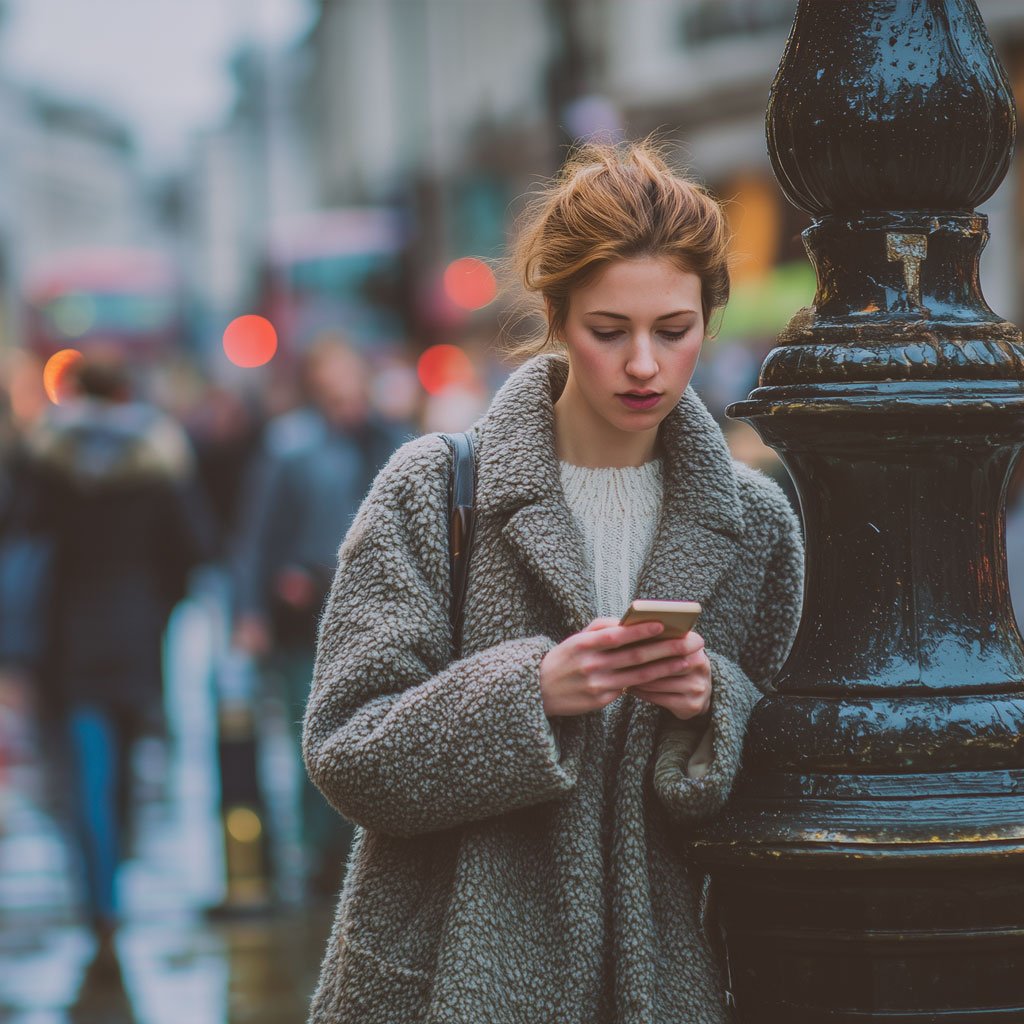Color is more than just a visual element in branding—it is a powerful psychological tool that influences perception, emotions, and consumer decision-making. Studies show that color increases brand recognition by up to 80%, and nearly 85% of consumers say color is a primary reason they choose a product.
But why do certain colors make us feel a certain way? And how do brands use this to their advantage? Understanding the psychology of color can help businesses create stronger emotional connections, enhance brand recall, and drive engagement.
How Color Affects Consumer Perception
When consumers encounter a brand’s color palette, their brains subconsciously associate it with specific emotions, experiences, and expectations. These associations are shaped by:
- Cultural meanings (e.g., red symbolizes luck in China but danger in Western cultures)
- Personal experiences (e.g., a favorite childhood color may evoke nostalgia)
- Industry trends (e.g., tech companies favor blue for its association with trust and innovation)
Because color is processed so quickly—within 90 seconds of first exposure—it has an immediate impact on whether a brand feels trustworthy, exciting, luxurious, or reliable.
Color Meanings in Branding and Marketing:
Red: Power, Energy, and Urgency
Emotional Response: Excitement, passion, urgency, appetite stimulation
Red is one of the most attention-grabbing colors. It stimulates appetite, which is why so many food brands use it. It also creates a sense of urgency, making it popular in sales promotions and call-to-action buttons.
Used By:



Why It Works:
- Increases heart rate and energy levels
- Creates a sense of urgency and excitement
- Encourages impulse purchases
Used By:



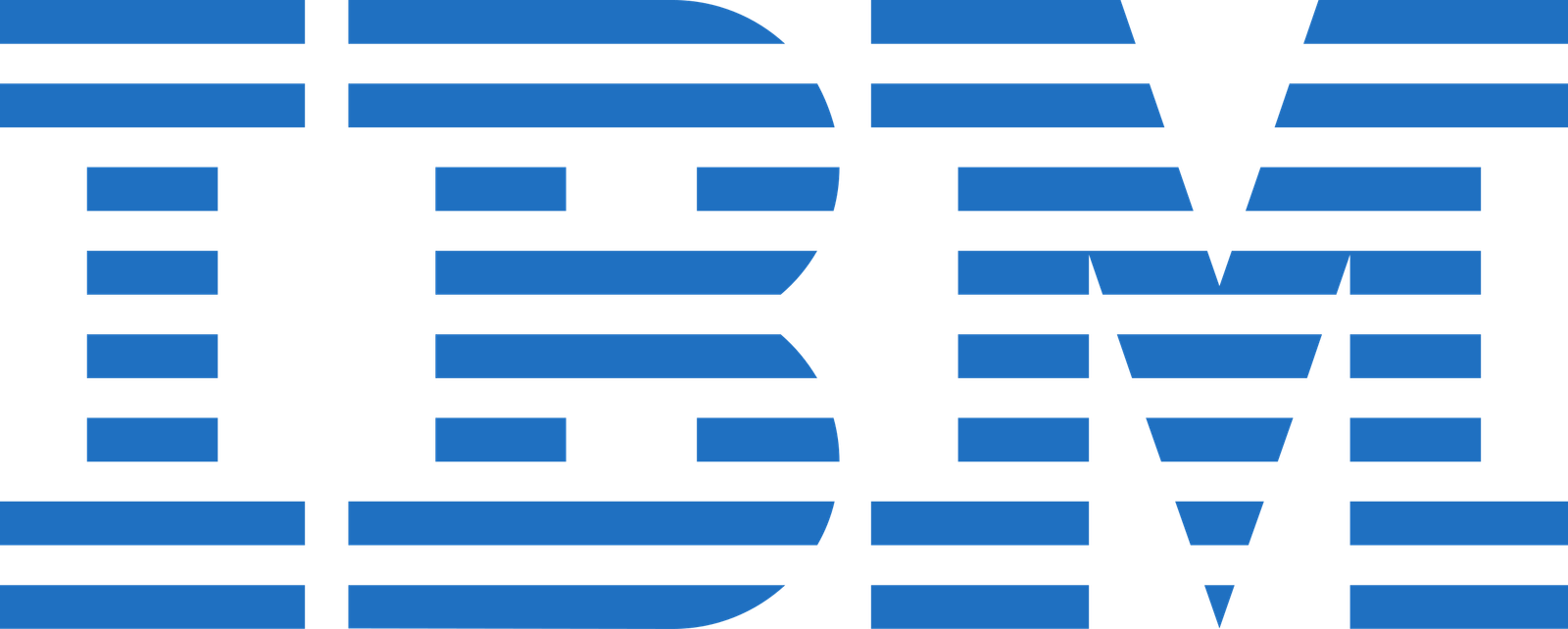
Why It Works:
- Associated with trust and security (which is why financial institutions use it)
- Creates a sense of calm and professionalism
- Works well for brands that want to appear established and reliable
Blue: Trust, Stability, and Professionalism
Emotional Response: Security, reliability, calmness, intelligence
Blue is one of the most widely used colors in branding because it evokes trust, dependability, and intelligence. Many corporate and tech companies use blue to establish credibility.
Yellow: Optimism, Happiness, and Youthfulness
Emotional Response: Cheerfulness, positivity, warmth
Yellow is bright, energetic, and attention-grabbing, often associated with youthfulness and optimism. However, too much yellow can cause anxiety, which is why it is usually used as an accent color.
Used By:

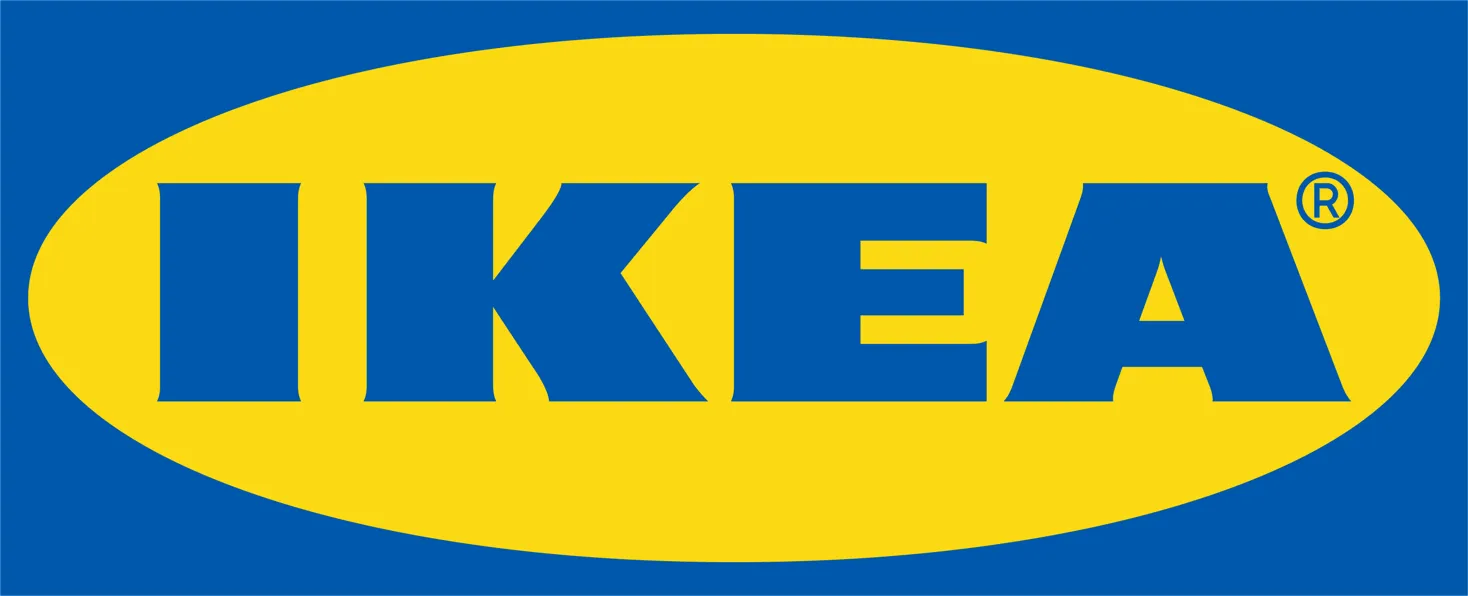


Why It Works:
- Creates instant visibility (making it ideal for fast food and retail)
- Evokes happiness and friendliness
- Stimulates mental clarity and energy
Used By:




Why It Works:
- Associated with growth and renewal
- Evokes eco-conscious and health-focused themes
- Encourages a sense of balance and relaxation
Green: Nature, Health, and Growth
Emotional Response: Balance, renewal, relaxation, eco-consciousness
Green is commonly used by brands associated with health, sustainability, and finance. It is calming yet energizing, making it ideal for brands that want to feel fresh and environmentally friendly.
Orange: Playfulness, Enthusiasm, and Affordability
Emotional Response: Fun, friendliness, affordability, creativity
Orange is a high-energy color that blends the urgency of red with the cheerfulness of yellow. It is often used by brands that want to feel playful and approachable without seeming too aggressive.
Used By:
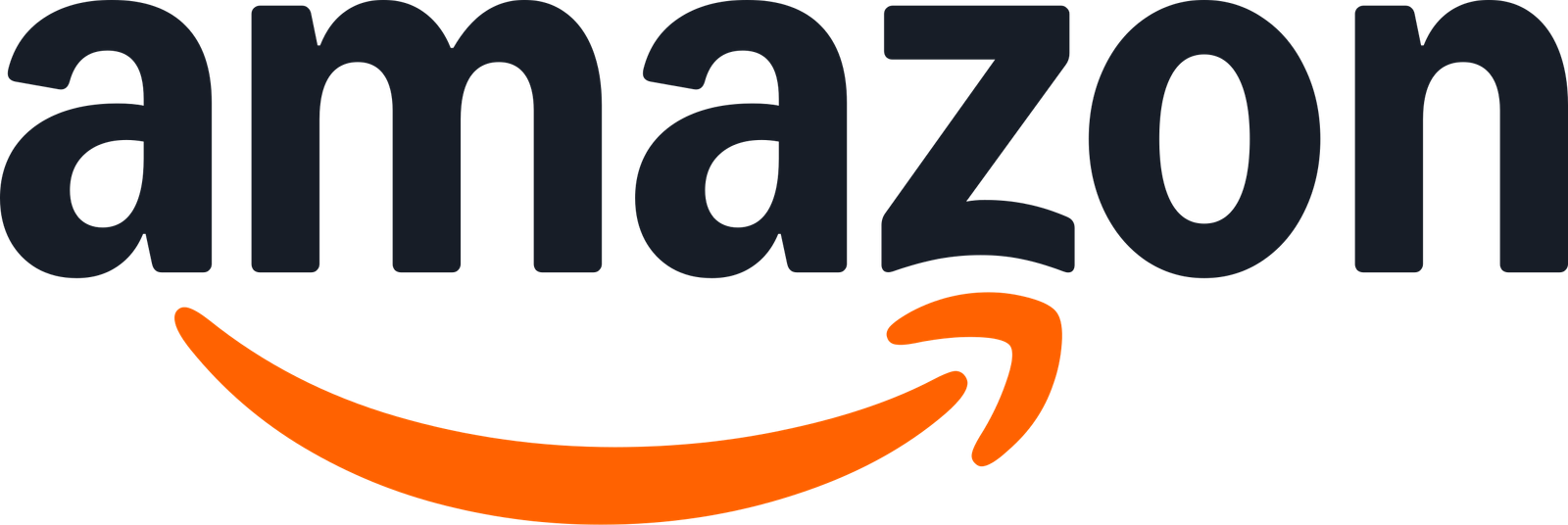



Why It Works:
- Creates a sense of fun and enthusiasm
- Conveys a brand that is bold, energetic, and affordable
- Encourages a sense of creativity and excitement
Used By:
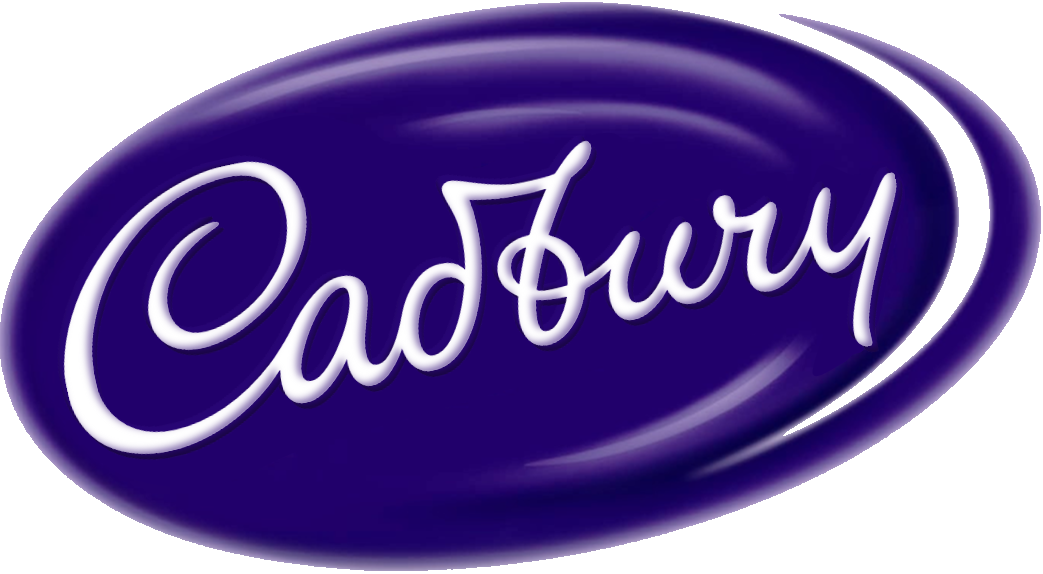

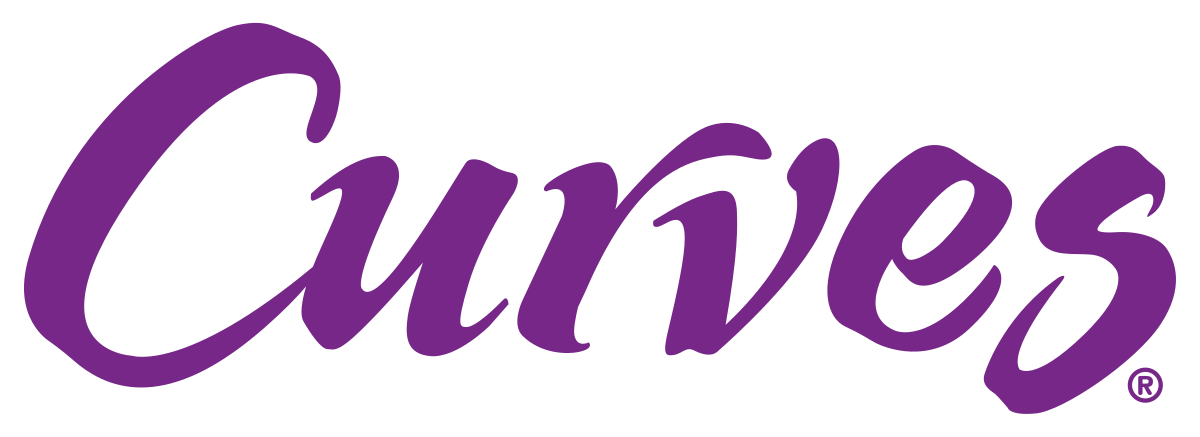
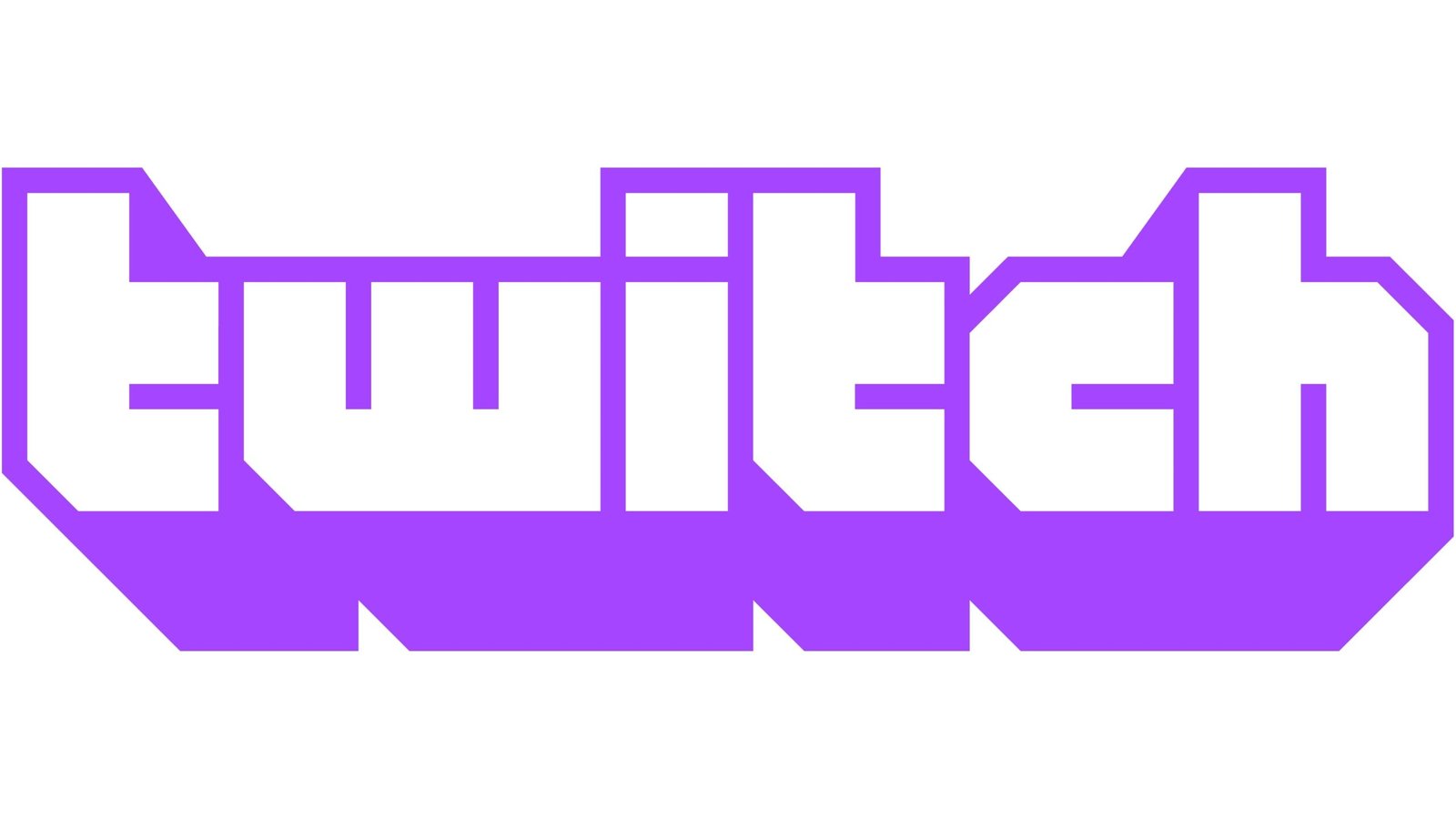
Why It Works:
- Associated with wealth, quality, and uniqueness
- Evokes spirituality and introspection
- Often used in beauty, luxury, and creative industries
Purple: Luxury, Creativity, and Spirituality
Emotional Response: Royalty, sophistication, mystery, wisdom
Purple has long been associated with royalty and exclusivity, making it popular among luxury brands and creative industries. It can also evoke a sense of mystery and imagination.
Black & White: Sophistication, Simplicity, and Timelessness
Emotional Response: Elegance, modernity, authority, minimalism
Black-and-white branding conveys a sense of timelessness, sophistication, and authority. Many high-end brands use black for its bold, sleek quality, while white often represents simplicity and purity.
Used By:

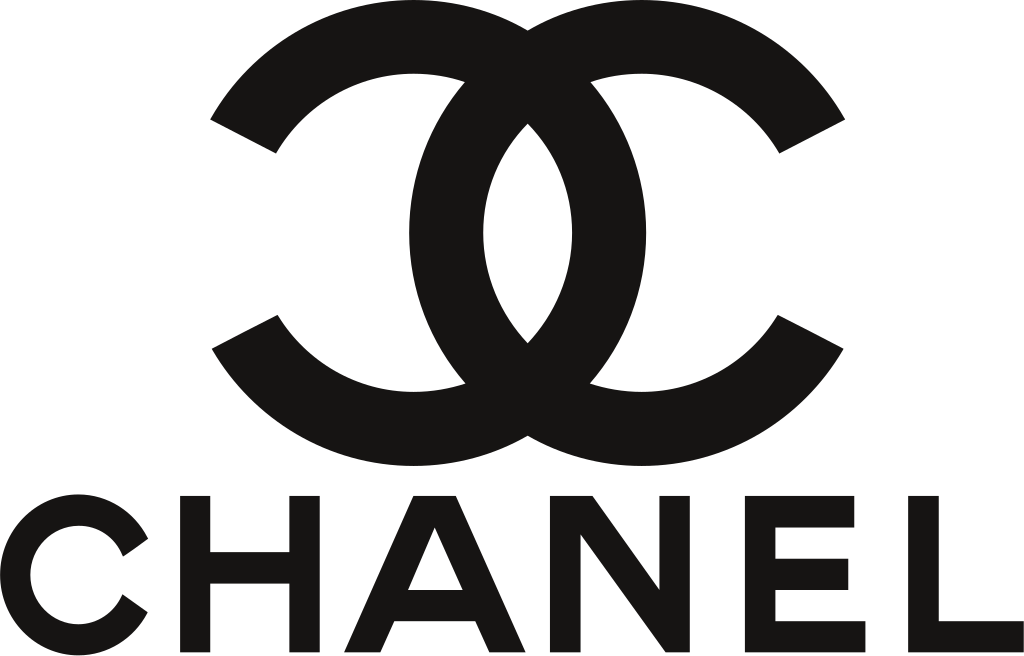

Why It Works:
- Black exudes strength, power, and luxury
- White conveys simplicity, cleanliness, and clarity
- When combined, they create a modern, minimalistic feel
How Brands Leverage Color to Influence Buying Behavior
Color Increases Brand Recognition – Consumers are 80% more likely to recognize a brand when it consistently uses the same colors across marketing materials.
Color Impacts Purchase Decisions – Nearly 85% of shoppers say color is a major reason for buying a product.
Different Colors Appeal to Different Demographics –
- Men tend to prefer blue, black, and green
- Women are drawn to blue, purple, and green
- Both genders tend to dislike brown and orange
Color Creates Emotional Triggers – A red “Buy Now” button can create urgency, while a green checkout button can signal ease and safety.
Choosing the Right Colors for Your Brand
When selecting a brand color palette, consider these key questions:
- What emotions do I want my brand to evoke?
- What colors best align with my industry and target audience?
- How can I differentiate my brand’s colors from competitors?
- Will these colors work consistently across digital and print media?
A strong color strategy is not just about looking good—it is about creating an emotional response that builds trust, recognition, and brand loyalty.
Final Thoughts: Color as a Brand Strategy
Color is one of the most powerful tools in branding. Whether it is used to attract attention, establish credibility, or evoke specific emotions, the right color palette can strengthen brand identity and drive consumer behavior.
By understanding the psychology behind color, brands can make smarter design choices that resonate with their audience and leave a lasting impression.
What colors do you associate with your favorite brands? And how do they influence your perception of them? Share your thoughts below.



